DIY Indoor Hydroponics for Beginners
Learn DIY indoor hydroponics for beginners! Complete guide to soil-less gardening, hydroponic systems, nutrients, and growing fresh vegetables.
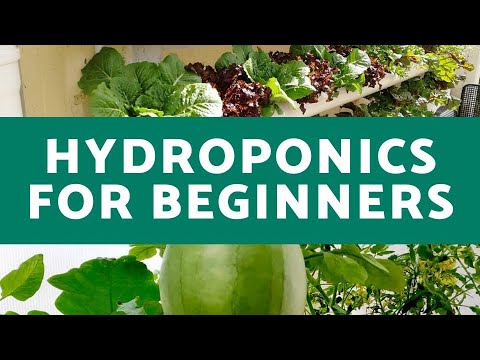
Hydroponics for Beginners represents a revolutionary approach to growing plants that has transformed how we think about agriculture and home gardening. This soil-less cultivation method allows you to grow fresh, nutritious vegetables, herbs, and fruits right in your home, regardless of outdoor weather conditions or available yard space. For beginners venturing into the world of hydroponic gardening, the concept might seem intimidating at first, but with proper guidance and understanding, anyone can master this efficient growing technique.
Hydroponic systems work by delivering nutrients directly to plant roots through a carefully balanced water solution, eliminating the need for traditional soil. This method not only conserves space but also accelerates plant growth, reduces water consumption, and provides complete control over growing conditions. Whether you’re living in an apartment, dealing with poor soil quality, or simply wanting to grow fresh produce year-round, DIY indoor hydroponics offers an exciting solution that’s both rewarding and sustainable.
The beauty of hydroponic farming lies in its versatility and efficiency. Plants grown hydroponically typically mature 30-50% faster than their soil-grown counterparts while using up to 90% less water. This is because roots receive optimal nutrition without having to search through soil for nutrients, allowing plants to focus their energy on growth and fruit production. Additionally, Hydroponics for Beginners eliminate concerns about pests, diseases, and weather-related crop failures that plague traditional outdoor gardening.
Modern home hydroponics has evolved to accommodate beginners with simplified systems, readily available supplies, and comprehensive growing guides. From simple mason jar setups costing under $20 to more sophisticated NFT systems and deep water culture arrangements, there’s a hydroponic solution for every budget, space constraint, and skill level. The initial investment in a Hydroponics for Beginners quickly pays for itself through reduced grocery bills and the satisfaction of harvesting fresh, pesticide-free produce.
Hydroponic Systems: The Foundation of Soil-Free Growing
Hydroponic systems operate on the principle of providing plants with a precise blend of water, nutrients, and oxygen directly to their root systems. Unlike traditional gardening, where plants must extract nutrients from soil, hydroponic growing delivers everything plants need in an easily absorbable form. This direct delivery system results in faster growth rates, higher yields, and more efficient resource utilisation.
The core components of any hydroponic setup include a reservoir for nutrient solution, a delivery system to transport nutrients to plants, a support structure for plants, and proper lighting for photosynthesis. Growing mediums such as perlite, vermiculite, rockwool, or clay pebbles replace soil by providing physical support while allowing excellent air and water circulation around roots.
pH balance plays a crucial role in hydroponic success, as plants can only absorb nutrients within specific pH ranges. Most vegetables thrive with a pH between 5.5 and 6.5, requiring regular monitoring and adjustment using pH up or down solutions. Electrical conductivity (EC) measurements help determine nutrient solution strength, ensuring plants receive optimal nutrition without nutrient burn or deficiency.
Water quality significantly impacts hydroponic system performance. While tap water works for many setups, filtered or distilled water provides more consistent results by eliminating chlorine and other chemicals that can interfere with nutrient uptake. Regular water changes, typically every 1-2 weeks, maintain optimal growing conditions and prevent nutrient imbalances.
Essential Equipment and Materials for Your First Hydroponic Garden
Starting your Hydroponics for Beginners requires careful selection of equipment that balances functionality, cost, and ease of use. Basic hydroponic supplies include containers for reservoirs, air pumps for oxygenation, growing mediums, nutrient solutions, pH testing kits, and appropriate lighting systems. Quality equipment ensures system reliability and reduces maintenance requirements.
Hydroponic containers range from simple plastic storage bins to specialised growing towers. For beginners, food-grade plastic containers work excellently and cost significantly less than commercial hydroponic equipment. Dark-colored containers prevent algae growth in nutrient solutions while clear containers allow easy monitoring of water levels and root development.
Air pumps and air stones provide essential oxygen to root systems, preventing root rot and promoting healthy growth. Aquarium pumps work perfectly for small to medium-sized systems, while larger setups may require more powerful pumps. Water pumps circulate nutrient solutions in active systems, ensuring even distribution and preventing stagnation.
LED grow lights have revolutionised indoor plant cultivation by providing full-spectrum lighting while consuming minimal electricity. Modern LED fixtures produce less heat than traditional grow lights, reducing cooling costs and allowing closer placement to plants. Light timers automate lighting schedules, ensuring plants receive consistent photoperiods for optimal growth.
Growing mediums provide plant support while maintaining proper air-to-water ratios around roots. Rockwool offers excellent water retention and is sterile, making it ideal for seed starting. Clay pebbles provide superior drainage and can be reused multiple times, while perlite and vermiculite offer budget-friendly options for larger systems.
Types of Hydroponic Systems: Choosing the Right Method for Your Space
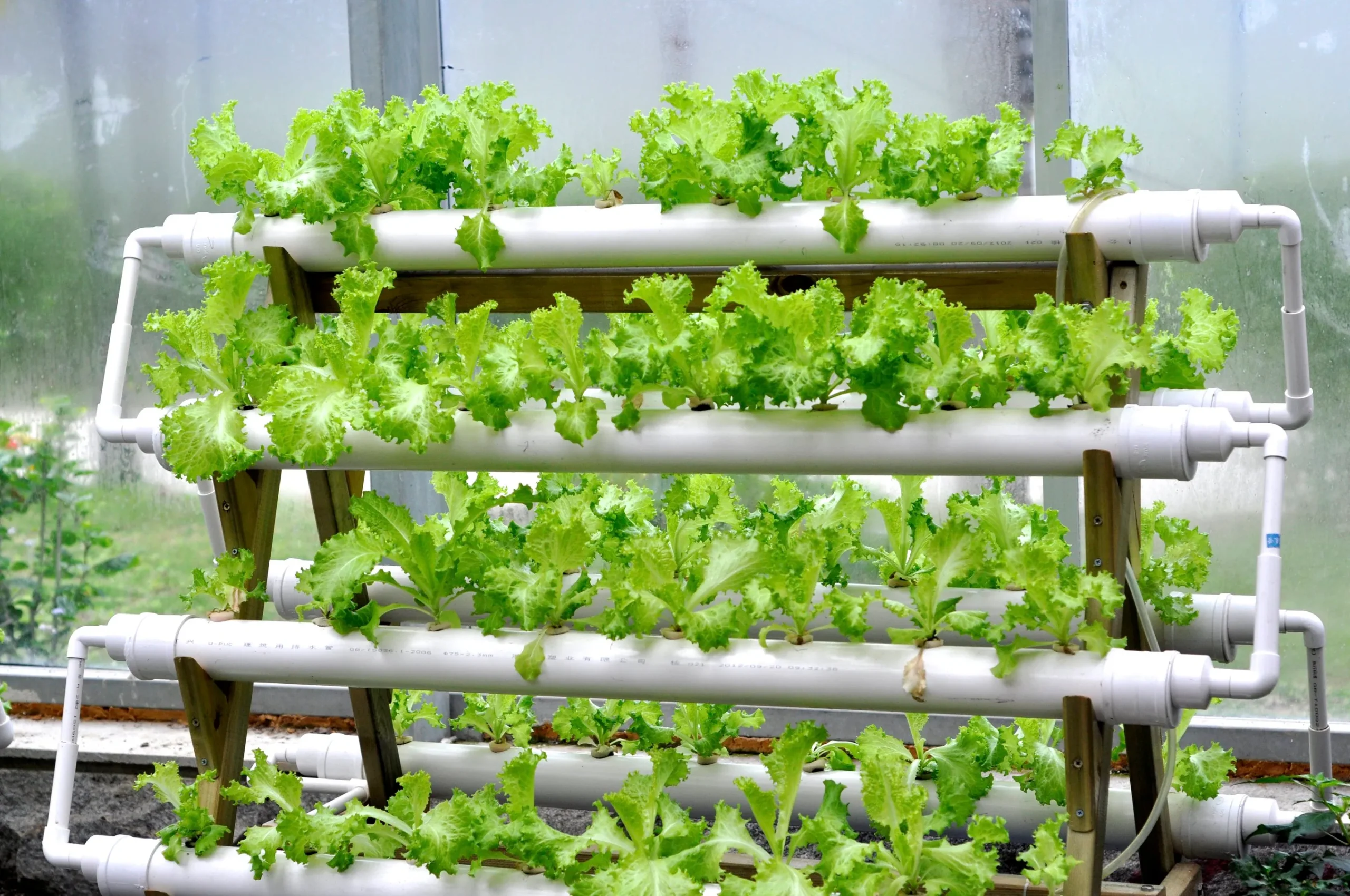
Deep Water Culture (DWC): The Beginner’s Best Friend
Deep Water Culture represents the simplest and most cost-effective entry point into Hydroponics for Beginners. In DWC systems, plant roots suspend directly in oxygenated nutrient solution, receiving continuous access to food and water. This method works exceptionally well for leafy greens like lettuce, spinach, and herbs, making it perfect for beginners.
DWC setup requires minimal equipment: a reservoir container, net pots, growing medium, an air pump, an air stone, and air tubing. The air pump continuously oxygenates the nutrient solution, preventing root rot and promoting vigorous growth. Plants typically grow in net pots filled with clay pebbles or rockwool, allowing roots to extend into the nutrient solution below.
The main advantages of DWC hydroponic systems include low initial costs, simple maintenance, and excellent results with appropriate plants. However, this method requires careful monitoring of water levels and nutrient concentrations, as plants depend entirely on the reservoir’s contents for survival.
Nutrient Film Technique (NFT): Efficient Water and Nutrient Usage
NFT systems circulate a thin film of nutrient solution along the bottom of growing channels, allowing plant roots to absorb nutrients while receiving oxygen from the air above. This method provides excellent nutrient efficiency and works well for a wide variety of plants, from leafy greens to small fruiting plants.
NFT hydroponic setup involves slightly pitched growing channels that allow nutrient solution to flow from a reservoir at the higher end back to a collection at the lower end. A water pump continuously circulates the solution, ensuring plants receive fresh nutrients throughout the growing cycle. The slight angle prevents solution stagnation while maintaining consistent flow rates.
Benefits of NFT growing systems include water conservation, easy harvesting, and scalability for larger operations. The main challenge involves maintaining proper flow rates and ensuring pump reliability, as any interruption in circulation can quickly stress or kill plants.
Ebb and Flow: Automated Watering for Diverse Plant Types
Ebb and flow hydroponic systems, also called flood and drain systems, periodically flood growing beds with nutrient solution before draining back to a reservoir. This method provides excellent versatility, accommodating various plant sizes and types while automating the watering process.
Flood and drain systems use timer-controlled pumps to deliver nutrient solution to growing beds several times daily. Growing mediums like expanded clay pebbles or rockwool support plants while allowing proper drainage when the timer shuts off the pump. This cyclical flooding and draining provide roots with both nutrients and oxygen.
The flexibility of ebb and flow hydroponics makes it suitable for beginners wanting to grow diverse plants in a single system. However, timer reliability becomes crucial, and system complexity increases compared to simpler DWC setups.
Setting Up Your First DIY Hydroponic System
Creating your first DIY hydroponic system begins with selecting an appropriate location that receives adequate light or can accommodate artificial lighting. Indoor hydroponic gardens thrive in areas with stable temperatures between 65-75°F and good air circulation. Basements, spare rooms, garages, and even kitchen counters can house small hydroponic setups.
System assembly starts with preparing your reservoir and growing containers. Clean all equipment thoroughly with the diluted bleach solution to eliminate potential pathogens. Drill holes for net pots, air stone placement, and pump connections, ensuring proper fit and seal to prevent leaks.
Hydroponic plumbing connects various system components using food-grade tubing and appropriate fittings. Air pumps connect to air stones via airline tubing, while water pumps use larger tubing for nutrient solution circulation. Check all connections for leaks before adding nutrient solution and plants.
Initial system testing involves running the system with plain water to verify proper operation of pumps, timers, and circulation. Monitor for leaks, check flow rates, and ensure air stones produce adequate bubbling. This testing phase prevents problems after adding expensive nutrients and plants to the system.
Nutrient Solutions: Feeding Your Plants for Optimal Growth
Hydroponics for Beginners provide all the essential elements plants need for healthy growth and development. Unlike soil, which contains some natural nutrients, hydroponic growing mediums are inert and require complete nutrition through the nutrient solution. Understanding nutrient requirements ensures robust plant health and maximum yields.
Macronutrients include nitrogen (N), phosphorus (P), and potassium (K), which plants consume in large quantities. Nitrogen promotes leafy growth, phosphorus supports root development and flowering, while potassium enhances overall plant health and disease resistance. NPK ratios vary depending on plant type and growth stage, with leafy greens requiring higher nitrogen and fruiting plants needing more phosphorus and potassium.
Micronutrients include iron, calcium, magnesium, sulphur, and trace elements like zinc, copper, and boron. While needed in smaller quantities, micronutrient deficiencies can severely impact plant health and yields. Commercial hydroponic nutrient solutions provide balanced formulations that eliminate guesswork for beginners.
Nutrient mixing requires precise measurements and proper dissolution in water. Start with high-quality water, add nutrients according to the manufacturer’s instructions, and thoroughly mix before measuring EC levels. Most vegetables thrive with EC readings between 1.2 and 2.0, though specific requirements vary by plant type and growth stage.
Nutrient solution maintenance involves regular monitoring and adjustment of pH, EC, and solution levels. Weekly complete changes prevent nutrient imbalances and salt buildup that can harm plants. Always mix fresh solutions rather than simply adding water to compensate for evaporation.
Lighting Solutions for Indoor Hydroponic Gardens
Indoor grow lights serve as artificial sun for hydroponic plants, providing the energy needed for photosynthesis and healthy growth. Proper lighting ensures year-round growing capability regardless of outdoor conditions or natural light availability. Understanding light requirements helps select appropriate fixtures for your specific plants and growing space.
LED grow lights offer the most efficient and versatile lighting solution for home hydroponics. Modern LED fixtures provide full-spectrum lighting that closely mimics natural sunlight while consuming significantly less electricity than traditional options. Quantum board LEDs distribute light evenly across growing areas, reducing hot spots and providing uniform plant development.
Light spectrum affects different aspects of plant growth, with blue light promoting vegetative growth and red light encouraging flowering and fruiting. Full-spectrum LED lights provide balanced light output suitable for all growth stages, while specialised fixtures allow fine-tuning for specific plants or growth phases.
Lighting schedules depend on plant type, with most vegetables requiring 14-16 hours of daily light during vegetative growth and 12 hours during flowering. Digital timers automate lighting schedules, ensuring consistent photoperiods that promote healthy plant development. Light intensity measured in PPFD (Photosynthetic Photon Flux Density) determines how much usable light plants receive, with most vegetables requiring 200-400 PPFD for optimal growth.
Heat management becomes important with intensive lighting, as excessive heat can stress plants and increase cooling costs. LED fixtures produce minimal heat compared to traditional grow lights, but adequate ventilation ensures optimal growing temperatures and prevents humidity-related issues.
Best Plants for Beginner Hydroponic Gardens
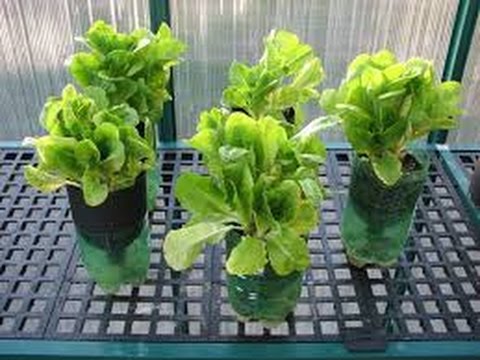
Hydroponic vegetables vary in difficulty and requirements, making plant selection crucial for beginner success. Starting with easy-to-grow varieties builds confidence and provides quick results that encourage continued hydroponic gardening. Fast-growing plants like lettuce and herbs provide harvests within 4-6 weeks, offering immediate gratification for new growers.
Leafy greens represent the ideal starting point for Hydroponics for Beginners. Lettuce varieties, including buttercrunch, romaine, and leaf lettuce, thrive in hydroponic systems with minimal requirements. Spinach, kale, and arugula grow quickly and tolerate minor nutrient or pH fluctuations that beginners might encounter.
Herbs adapt exceptionally well to Hydroponics for Beginners and provide valuable culinary additions to home cooking. Basil grows vigorously in hydroponic systems and produces abundant harvests throughout the growing season. Cilantro, parsley, mint, and oregano also thrive hydroponically while requiring minimal space and care.
Cherry tomatoes and peppers offer exciting challenges for beginners ready to advance beyond leafy greens. These fruiting plants require more attention to nutrient balance and support structurees but reward growers with fresh, flavorful harvests impossible to find in grocery stores.
Strawberries provide delicious fruits and beautiful flowers that make excellent additions to indoor hydroponic gardens. Everbearing varieties produce fruit continuously throughout the growing season, though they require careful attention to pollination and fruit support.
Common Problems and Troubleshooting Tips
Hydroponic problems often result from imbalanced growing conditions rather than system failures. Understanding common issues and their solutions helps maintain healthy plants and productive growing systems. Preventive maintenance and regular monitoring catch problems before they become severe.
Nutrient deficiencies manifest through various symptoms, including yellowing leaves, stunted growth, and poor fruit development. Nitrogen deficiency causes lower leaves to yellow and drop, while phosphorus deficiency results in dark green leaves with purple undertones. Iron deficiency shows as yellowing between leaf veins, particularly on new growth.
pH imbalances prevent proper nutrient uptake even when adequate nutrition is present. High pH (above 7.0) locks out iron and other micronutrients, while low pH (below 5.0) can damage roots and prevent nutrient absorption. Regular pH testing and adjustment maintain optimal ranges for plant health.
Root rot develops in poorly oxygenated nutrient solutions, causing brown, slimy roots and wilting plants. Inadequate air circulation, high water temperatures, or failed air pumps contribute to root rot development. Prevention through proper oxygenation and temperature control prevents this serious problem.
Algae growth occurs in nutrient solutions exposed to light, competing with plants for nutrients and potentially clogging system components. Light-proof reservoirs and covering exposed nutrient solution prevent algae problems while maintaining system cleanliness.
Pest management in Hydroponics for Beginners involves different strategies than outdoor gardening. Aphids, spider mites, and whiteflies can still find indoor plants, requiring integrated pest management approaches using beneficial insects, neem oil, or insecticidal soaps.
Maintenance and Long-Term Success Strategies
Hydroponic system maintenance ensures continued productivity and plant health throughout growing seasons. Regular maintenance schedules prevent problems and extend equipment life while maintaining optimal growing conditions. Systematic approaches to maintenance make tasks manageable and ensure nothing is overlooked.
Weekly maintenance tasks include checking pH and EC levels, topping off water levels, and inspecting plants for signs of problems. Monthly tasks involve complete nutrient solution changes, cleaning air stones, Hydroponics for Beginners and checking equipment operation. Seasonal maintenance includes deep cleaning systems between crops and replacing worn components.
Record keeping helps track system performance and identify patterns in plant growth, nutrient consumption, and problem development. Growing logs document varieties grown, yields achieved, and lessons learned for future reference. Problem documentation helps develop troubleshooting skills and prevents repeated mistakes.
System upgrades allow gradual expansion and improvement of hydroponic growing capabilities. Starting with simple systems and adding complexity as skills develop provides a logical progression path. Automation through timers, sensors, and controllers reduces maintenance requirements and improves consistency.
Seasonal pplanning maximiseshydroponic garden productivity through strategic crop rotation and variety selection. Cool-season crops like lettuce and spinach thrive during winter months, while warm-season plants like tomatoes and peppers excel during summer growing periods.
More Read: Container Gardening Vegetables for Small Spaces
Conclusion
Hydroponics for Beginners opens up a world of possibilities for fresh, healthy food production regardless of climate, season, or available outdoor space. This comprehensive guide provides the foundation knowledge needed to begin your hydroponic growing journey with confidence and realistic expectations for success.
Starting with simple hydroponic systems and easy-to-grow plants builds essential skills while providing immediate results that encourage continued learning and expansion. The investment in basic hydroponic equipment quickly pays dividends through reduced grocery costs, improved nutrition, and the satisfaction of growing your own fresh produce.
Hydroponics for Beginners represents both an enjoyable hobby and a practical solution to modern food production challenges. As climate change affects traditional agriculture and urban populations continue growing, soil-less cultivation methods become increasingly important for sustainable food security.
Your success with indoor hydroponics depends on patience, observation, and willingness to learn from both successes and failures. Each growing cycle teaches valuable lessons that improve your skills and system performance. The hydroponic community offers extensive resources, support, and shared knowledge that accelerate learning and problem-solving.
Remember that hydroponic growing is as much art as science, requiring intuition developed through experience combined with technical knowledge. Start simple, focus on plant health indicators, and gradually expand your capabilities as confidence and skills develop. The reward of harvesting fresh, pesticide-free vegetables grown with your own hands makes every effort worthwhile.
Whether you’re seeking food security, hobby satisfaction, or preparation for larger-scale growing operations, DIY hydroponics provides an excellent foundation for achieving your goals. Begin today with a simple system, learn through hands-on experience, and enjoy the journey toward becoming a successful hydroponic gardener.


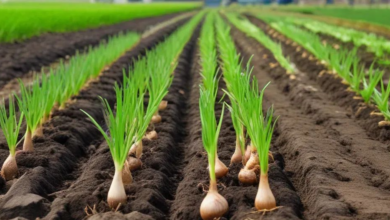


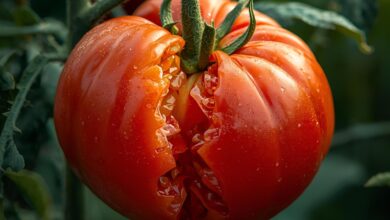
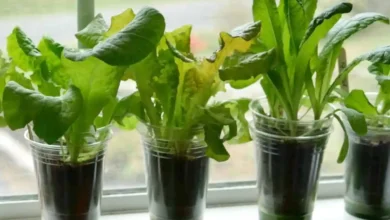
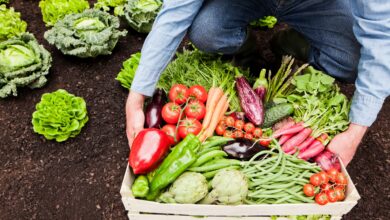
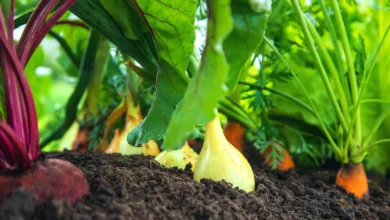
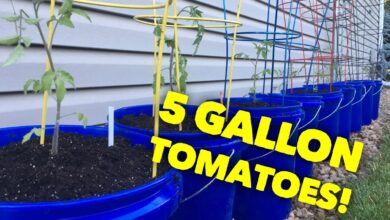


One Comment